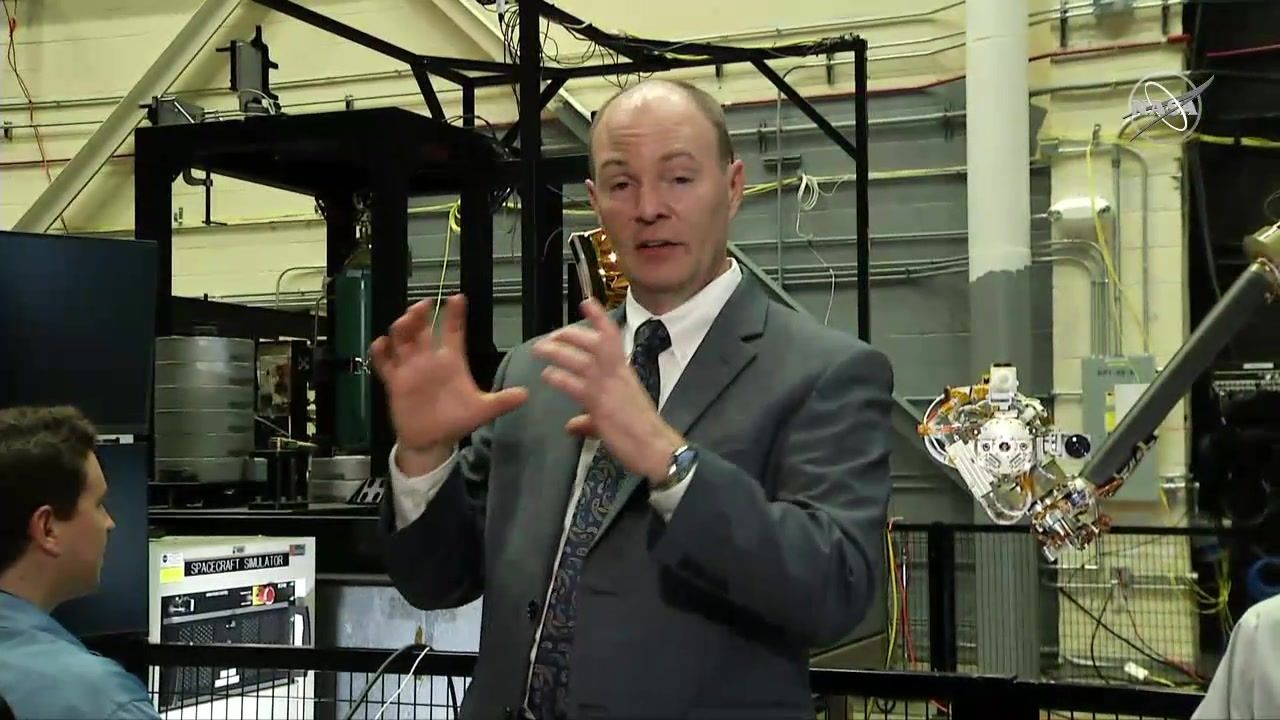
Under Space Policy Directive-1, NASA has been charged with leading a “sustainable exploration of the Moon together with commercial and international partners.”
In response to this bold directive, NASA is working with U.S. and international partners to lead the development of the first permanent human spaceship in orbit around the Moon, known as the Gateway. The Gateway will be a part-time home and office for astronauts farther in space than humans have ever been before.
The Gateway will be important to building a permanent human presence on the Moon. Astronauts will visit at least once per year, living and working aboard the spaceship in deep space for up to three months at a time. NASA is looking at options for astronauts to shuttle between the Gateway and the lunar surface, to explore new locations across the Moon. Even before our first trip to Mars, astronauts will use the Gateway to train for life far away from Earth, and we will use it to practice moving a spaceship in different orbits in deep space.
Continue reading “NASA Contest: Design the Gateway Program Graphic” »


















